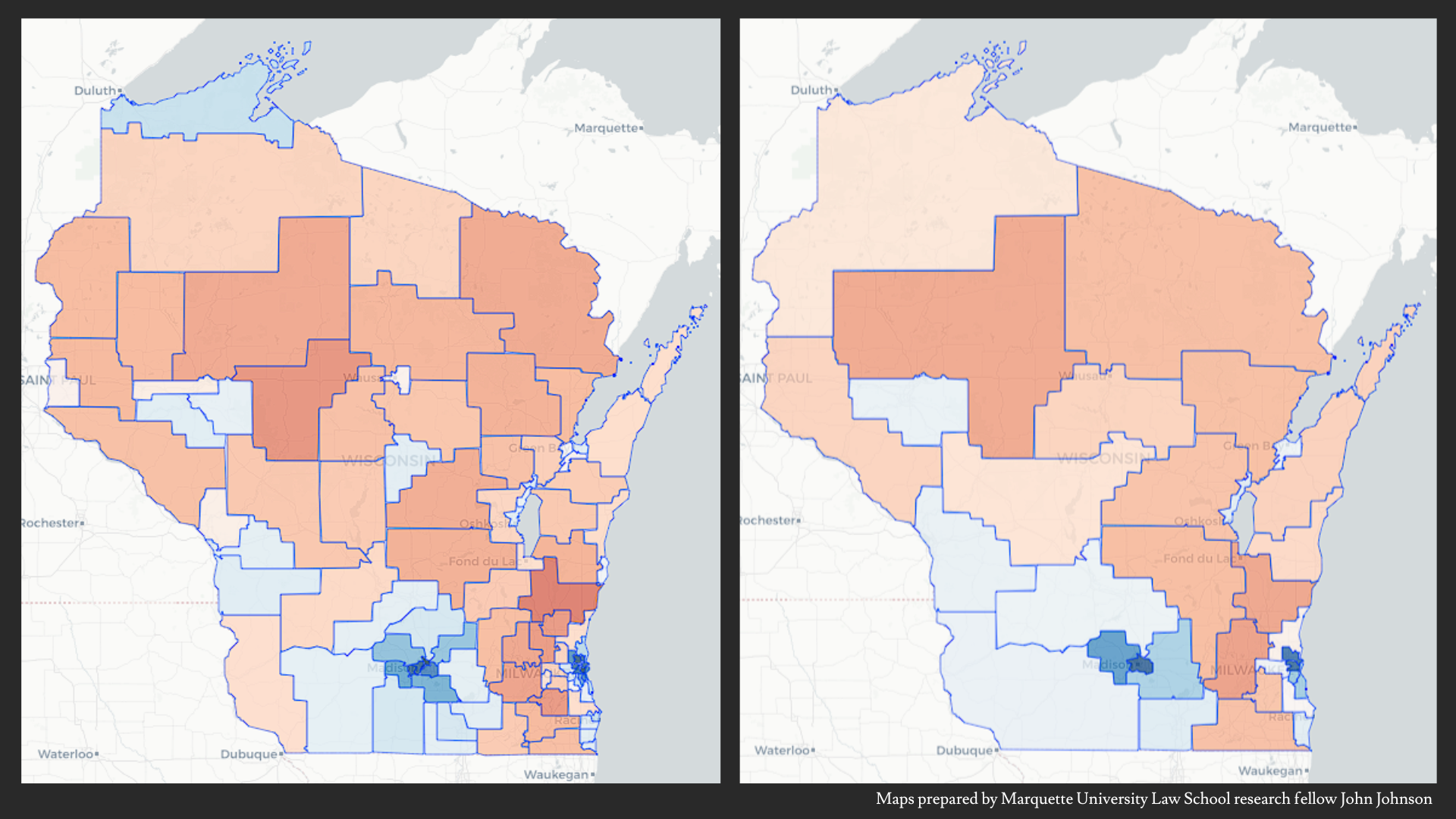A unanimous state Supreme Court today rejected two lawsuits asking the justices to redraw Wisconsin’s congressional maps in time for the 2026 elections.
The court offered no comment on its decision, though it rejected a similar request in early 2024 after throwing out the legislative lines that had been used for the 2022 elections.
Meanwhile, liberal Justice Janet Protasiewicz rejected motions in ...
Please log in to access subscriber content.
If you don't have a subscription, please contact schmies@wispolitics.com for subscription options on the WisPolitics-State Affairs platform, which is the new home for WisPolitics subscriber products.


